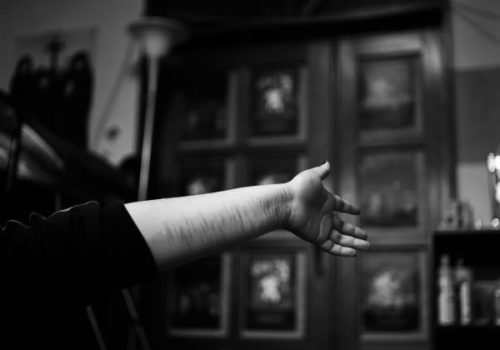Kosuke Okahara was born in 1980. After studying to be a teacher in Tokyo he opted for photography and joined the Vu agency in Paris in 2007. A freelance since 2010, he lives and works in Tokyo. His photojournalism has appeared in internationally renowned magazines. A winner of many awards, he has exhibited around the world.
“In 2004 I realised that because of all my travelling I didn’t really know my own country. What does it mean to be Japanese? That’s something very hard to pin down in a hyper-codified society that cultivates a perfectly neutral exterior. One day I ran into a woman student from the institute where I’d taken my degree. We became friends and not long after she confessed that she had been self-harming for years. Why? Because she could not find ibasyo, a Japanese term I translate as a physical and emotional existence or inner peace. This failure gives rise to a deep malaise which cannot be communicated in a society with a culture of shame. In Japan you must not complain. You must suffer in silence. This applies to me too: as a child my family life was marked by violence on a daily basis. I took refuge in total silence – and, to be honest, I too practised self-harming. A project on the subject began to take shape. I contacted people on the internet who had posted photos of their self-inflicted wounds: twenty of them replied, and were enthusiastic about the project. But most were still living with their parents, who refused to let them be photographed – some parents didn’t even know their child was harming himself. Six young girls consented to admit me into their lives, their struggle, their suffering, but in some cases it took a year to get that far. The four years I spent with them were times of great distress, but also provided fleeting moments of ibasyo when I was photographing them. All of them told me my pictures were an incentive to deep reflection… My dearest wish is that they should discover a life for themselves through my vision of things, and ultimately achieve an understanding of the value of their existence.”
Sylvie Rebbot, curator
Text from the catalogue-book “Photoquai”, co-edited by Musée du Quai Branly- Actes-Sud
















